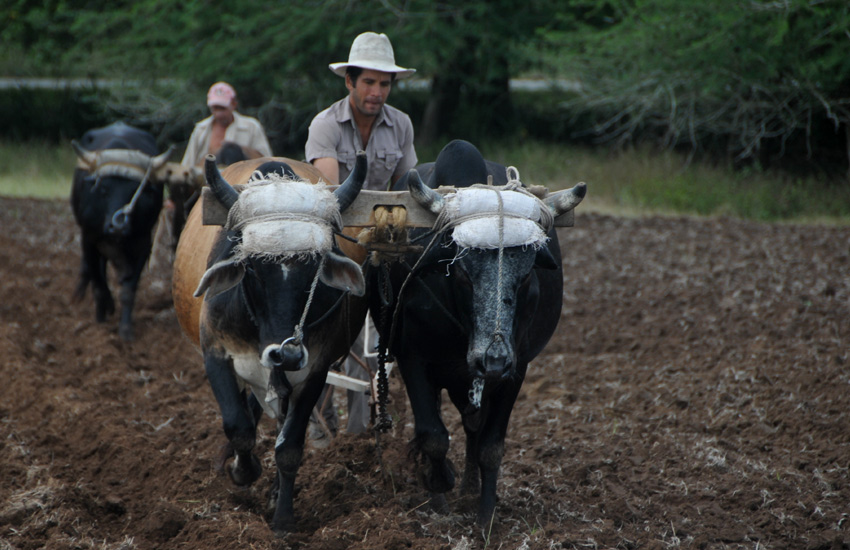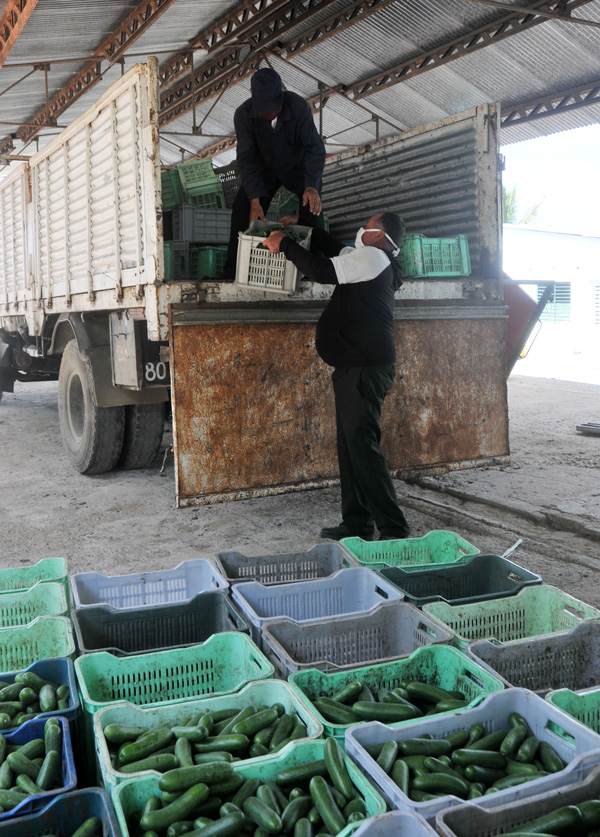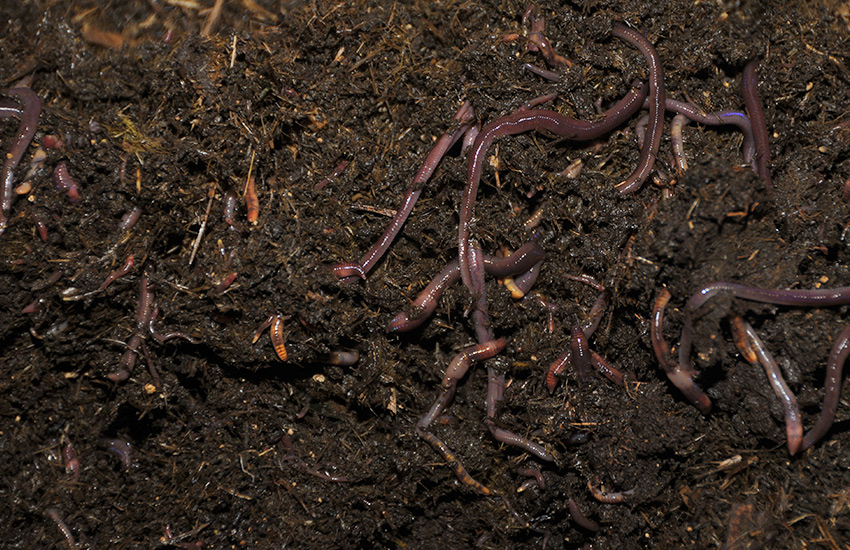
An important contribution to the protection of the environment, from food production, takes place in the province of Las Tunas, with the application of science, and the generalization of experiences transmitted from one generation to another.
Las Tunas, Cuba.- At the individual level, the “From Campesino to Campesino” agroecological movement stands out; an initiative of the National Association of Small Farmers (ANAP) to promote the application of practices that are favorable to the environment, while taking advantage of the natural resources of the productive area.
 In more than a thousand scenarios, located in the eight municipalities of Las Tunas, organic fertilizers substitute chemicals, which contribute to the use of different residues such those of crops, livestock manure, and household waste.
In more than a thousand scenarios, located in the eight municipalities of Las Tunas, organic fertilizers substitute chemicals, which contribute to the use of different residues such those of crops, livestock manure, and household waste.
The same occurs with natural biopesticides to combat or avoid fungi and diseases, the planting of repellent plants, and the use of beneficial insects and nematodes to control harmful species that especially affect grains and vegetables.
In the state entities of the pig breeding, the improvement of some waste treatment systems in the raising of pigs stand out, which helps to reduce the polluting sources and protect the environment at the same time that meat is produced.
Other tasks for the preservation of the environment and the responsible use of the land are the introduction of new varieties of pastures and forages, and the installation of more efficient irrigation systems, besides about some thousand windmills and water pumps that function with the electricity generated by solar panels, for the supply of the liquid to cattle.
The gradual confrontation with the abundant areas infested with marabou is another task of the agricultural sector for environmental protection since in its logging products that are aggressive to the soils are not used; on the contrary, these remains are used to manufacture charcoal, an important source of income for the Cuban economy.
 Worm farming for the production of humus, the use of live posts in the fencing of pastures, and the introduction of seeds and clones resistant to drought complete the actions of livestock and agriculture in the territory.
Worm farming for the production of humus, the use of live posts in the fencing of pastures, and the introduction of seeds and clones resistant to drought complete the actions of livestock and agriculture in the territory.
Animal traction deserves a separate point, an ancient practice and excellent solution that is most appealed to in these times, given the challenge of producing food for the people in the midst of a difficult situation with the availability of fuel. Although it is not very effective in large areas, it is very useful for transporting milk and crops, as well as for minor tasks related to the production of grains, fruits, various crops, vegetables, tobacco, and - mainly - pastures and forages.






